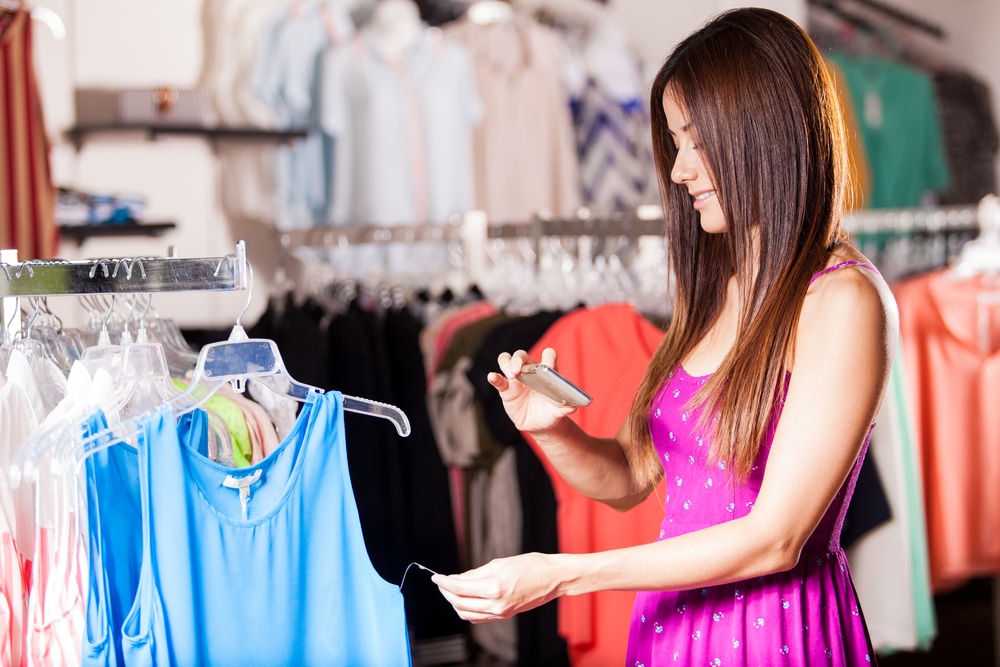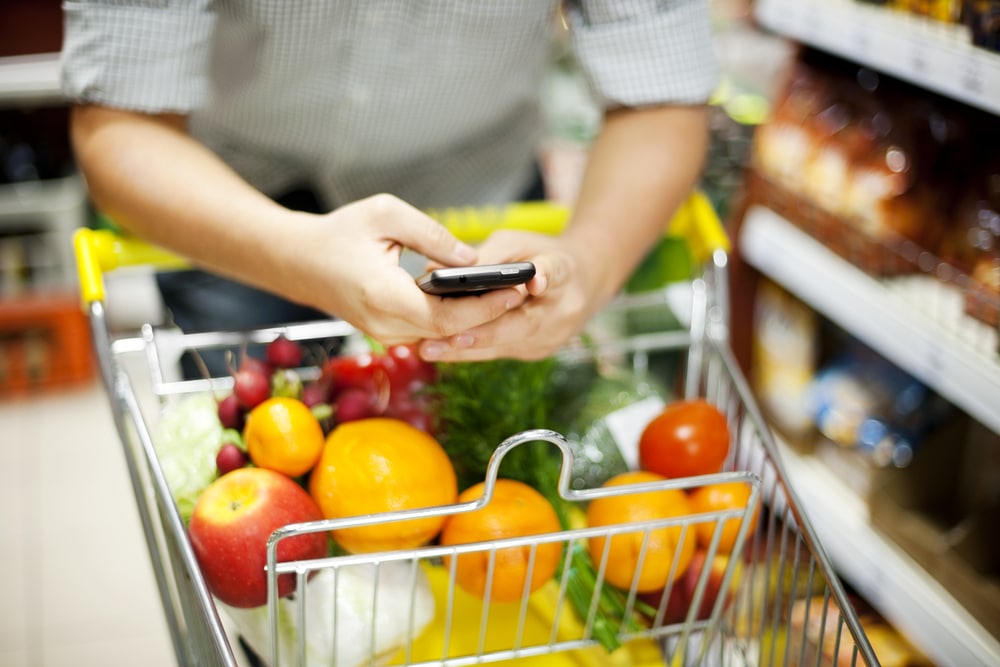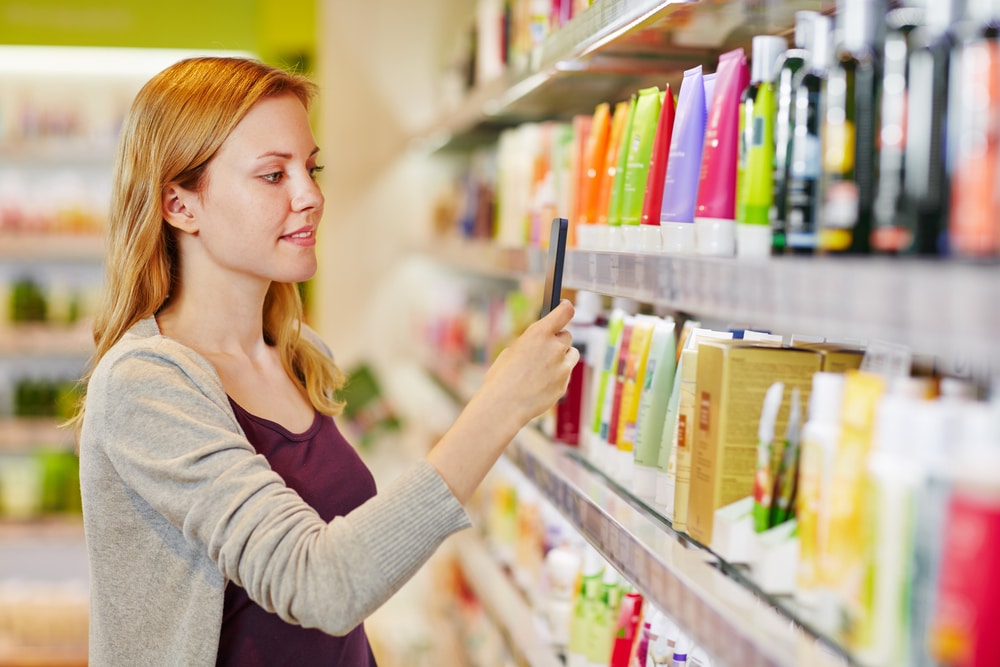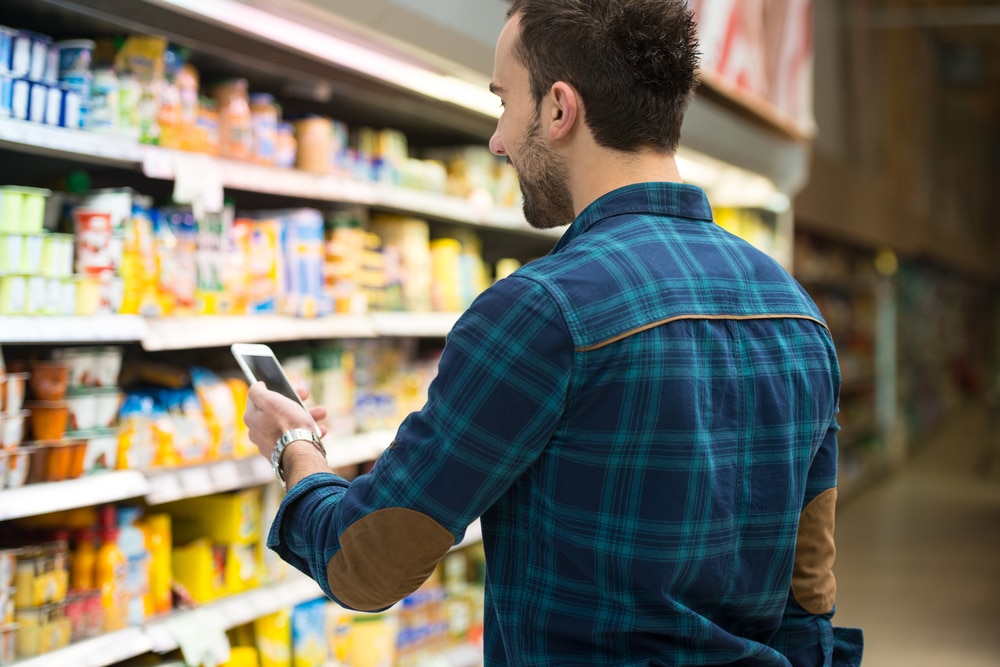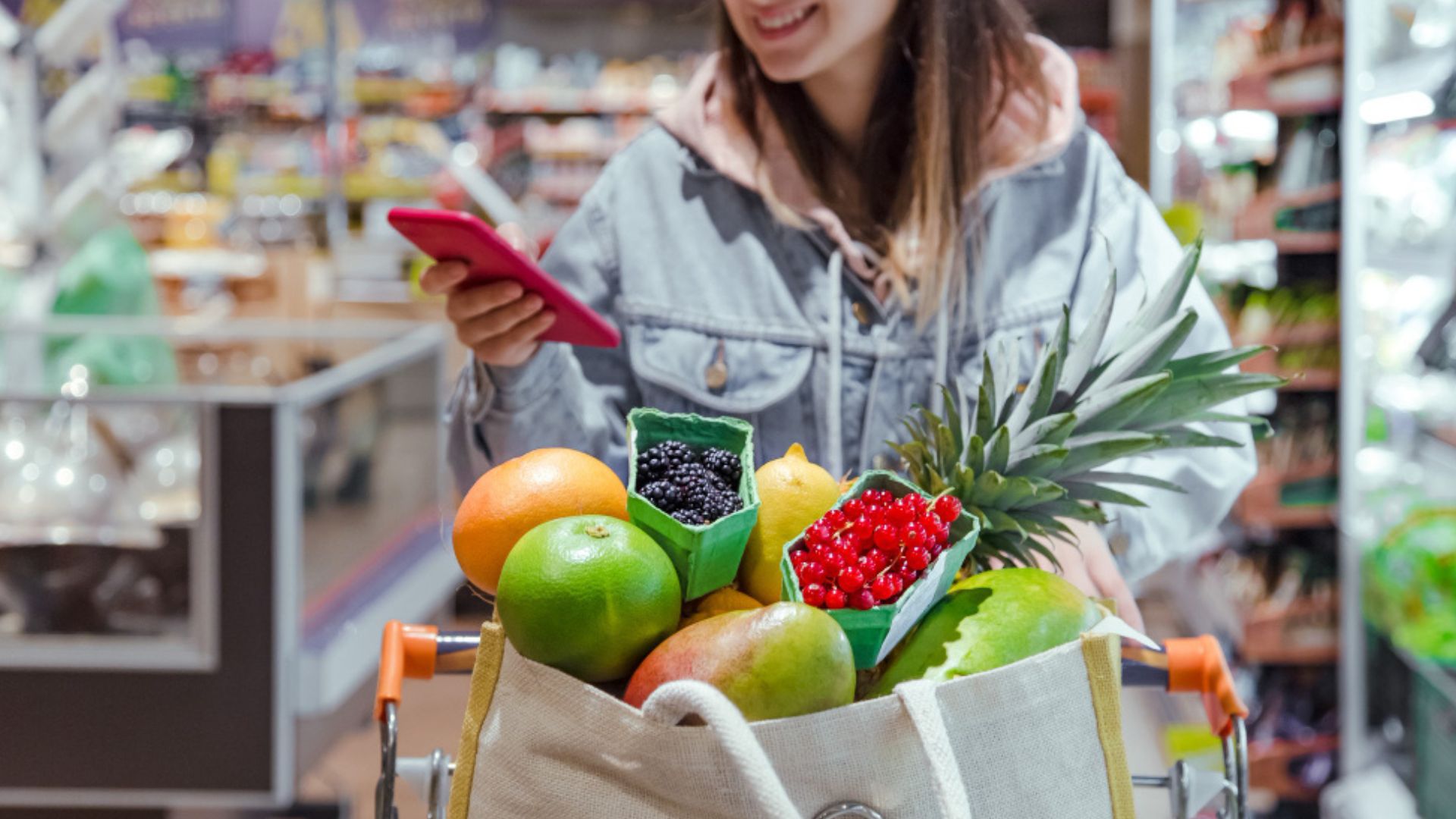One of the best feelings in life is when someone compliments your outfit, and then asks you where you found such a cute shirt or pair of shoes. I’m always happy to tell my friends where I got something, but I would be lying if it didn’t make me feel good to be a subject of their envy, if even for a moment. I love the attention so much that it motivates me to spend more time and energy shopping at my favorite stores. However, the problem with spending more time and energy at my favorite stores is that I’m also spending more money. Luckily for me and my budget, I recently discovered a shopping app for clothes that rewards me for making purchases.
Now, not only are my friends envying my outfits, but they’re also envying the fact that I’m able to use a shopping app to help me shop for clothes (and make money while shopping). But don’t worry, I don’t mind sharing the wealth. So, if you’re looking for a shopping app for clothes, I’ve got you covered.
How to Find the Right Shopping App for Clothes
 One thing I should note right away is that there are lots of different shopping apps for clothes to choose from. There are apps that you can use to find and buy clothes, there are apps that you can only use at certain stores, and there are apps that work like digital coupons, although those are much more common for something like grocery shopping than for clothes. At the same time, there is also a certain type of shopping app for clothes that you can use at many different stores, and these are the ones I would recommend. If you’ve done as much clothing shopping as I have, you know that to find the perfect shoes or handbag, you may have to visit more than one store. You need a shopping app that you can use at your favorite stores!
One thing I should note right away is that there are lots of different shopping apps for clothes to choose from. There are apps that you can use to find and buy clothes, there are apps that you can only use at certain stores, and there are apps that work like digital coupons, although those are much more common for something like grocery shopping than for clothes. At the same time, there is also a certain type of shopping app for clothes that you can use at many different stores, and these are the ones I would recommend. If you’ve done as much clothing shopping as I have, you know that to find the perfect shoes or handbag, you may have to visit more than one store. You need a shopping app that you can use at your favorite stores!
You also want to make sure you find an app that gives you rewards for shopping online, too. When I was younger, I used to buy all my clothes in physical stores, but these days I buy about half my clothes in-person and the other half online, especially now that I shop at stores where I automatically know what size and fit I need. Many of my friends do the same, and I suspect you’re nodding your head right now too, thinking about your own shopping habits. So make sure to get a shopping app that you can use online, too!
Look for Apps That Reward
In addition to being versatile, the best shopping apps for clothes, in my opinion, all work with a rewards system. What this means is that instead of having some kind of sale alert or coupon functionality, they give you rewards points instead. You can then trade these rewards points in for gift cards or use them to earn cashback. I think it’s pointless to use an app that doesn’t reward you. If you’re rewarded for making a purchase, you’re probably going to purchase again to earn even more rewards.
In addition to being versatile, the best shopping apps for clothes, in my opinion, all work with a rewards system.
Give Shopkick a Try
If you’re in need of a suggestion for a shopping app for clothes, I would recommend Shopkick—it checks all the boxes I talked about above. You can use it both online and in-person. It gives you points for several different activities, including walking into stores, scanning barcodes on items, and making purchases. Finally, it also gives you rewards points, which it calls kicks, that you can trade-in for gift cards that are just as good as cash.
What I also like about Shopkick is that the list of stores where you can use it is so large. I can use Shopkick at stores with great savings on designers like T.J. Maxxx, Marshalls, and Kohls. I can also use it for the stores where I like to get my work or going out clothes, like Lane Bryant and Banana Republic. I can even use it to get workout clothes at Under Armour! The list of stores is always growing so it’s best to check with the app often so you know which stores to find the best deals and earn the most kicks. And, while you’re checking it, click the “Discover” tab to learn about new products, too!
I highly recommend Shopkick as the shopping app for clothes that will have all your friends envying you. The list of stores is unmatched, you can use it both online and off, and it’s a whole lot of fun. With Shopkick, I’ve been saving more and more money while shopping for clothes. And you know what that means, I can afford to buy more clothes at my favorite stores!
It’s time to get your kicks while shopping for clothes! Shopkick is the best shopping app for clothes that will have all your friends envying you. Download the app today!
Image courtesy of Syda Productions

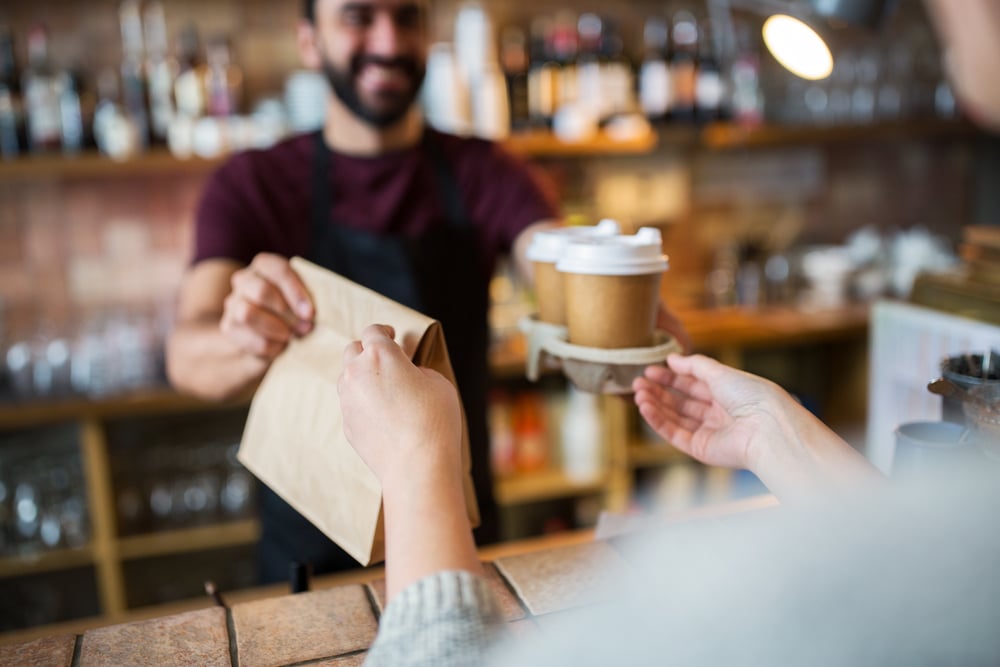


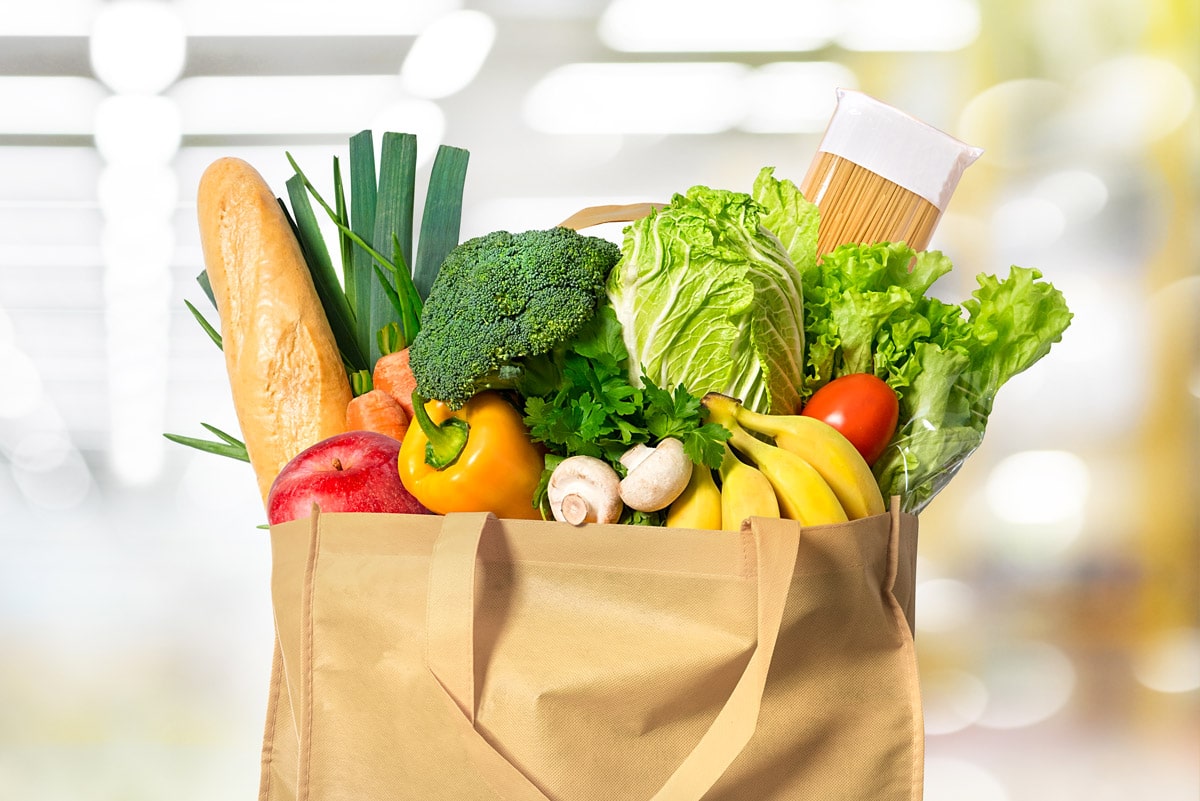
 If you’re new to money-saving apps for groceries, Coupons.com is a great gateway app because it revolves around a familiar concept: coupons. If you’re ever used coupons, I’m sure you remember searching through newspapers for the best deals of the week, cutting them out with scissors, and carrying them along with you to the store. Or, perhaps you remember walking down the aisles and pulling the strips out of the coupon machines. Either way, this app features a familiar way to save.
If you’re new to money-saving apps for groceries, Coupons.com is a great gateway app because it revolves around a familiar concept: coupons. If you’re ever used coupons, I’m sure you remember searching through newspapers for the best deals of the week, cutting them out with scissors, and carrying them along with you to the store. Or, perhaps you remember walking down the aisles and pulling the strips out of the coupon machines. Either way, this app features a familiar way to save. You might remember the Target Cartwheel app, well now it’s called Circle. Basically the way this app works is that it rewards you for purchases made at Target. The more you purchase, the more rewards you receive. For me, shopping at Target isn’t a problem at all. The unfortunate part, for my budget, is that I end up spending way too much on other items; it kind of defeats the purpose of saving on groceries when I’m just going to use it as an excuse to spend the savings on something else.
You might remember the Target Cartwheel app, well now it’s called Circle. Basically the way this app works is that it rewards you for purchases made at Target. The more you purchase, the more rewards you receive. For me, shopping at Target isn’t a problem at all. The unfortunate part, for my budget, is that I end up spending way too much on other items; it kind of defeats the purpose of saving on groceries when I’m just going to use it as an excuse to spend the savings on something else. The next app on my list is called Rakuten, but until recently, it was a site called eBates. For a long time, it was a great site to use for online shopping. It would basically give you cash back for online shopping from a variety of online stores—that’s now changed.
The next app on my list is called Rakuten, but until recently, it was a site called eBates. For a long time, it was a great site to use for online shopping. It would basically give you cash back for online shopping from a variety of online stores—that’s now changed.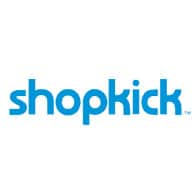 When I came across this app, I knew it was special. Not only can you use the app when making purchases online, but it can also be used at almost every store. The way that
When I came across this app, I knew it was special. Not only can you use the app when making purchases online, but it can also be used at almost every store. The way that 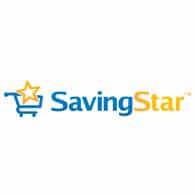 SavingStar is another cashback shopping app worth adding to the list but it is a bit more complicated to use than the others. Because SavingStar is a rebate app, you’re only rewarded cashback on purchases that have an active rebate. This can be helpful if you find that most of the items on your list offer rebates but it’s likely to change on a regular basis.
SavingStar is another cashback shopping app worth adding to the list but it is a bit more complicated to use than the others. Because SavingStar is a rebate app, you’re only rewarded cashback on purchases that have an active rebate. This can be helpful if you find that most of the items on your list offer rebates but it’s likely to change on a regular basis.